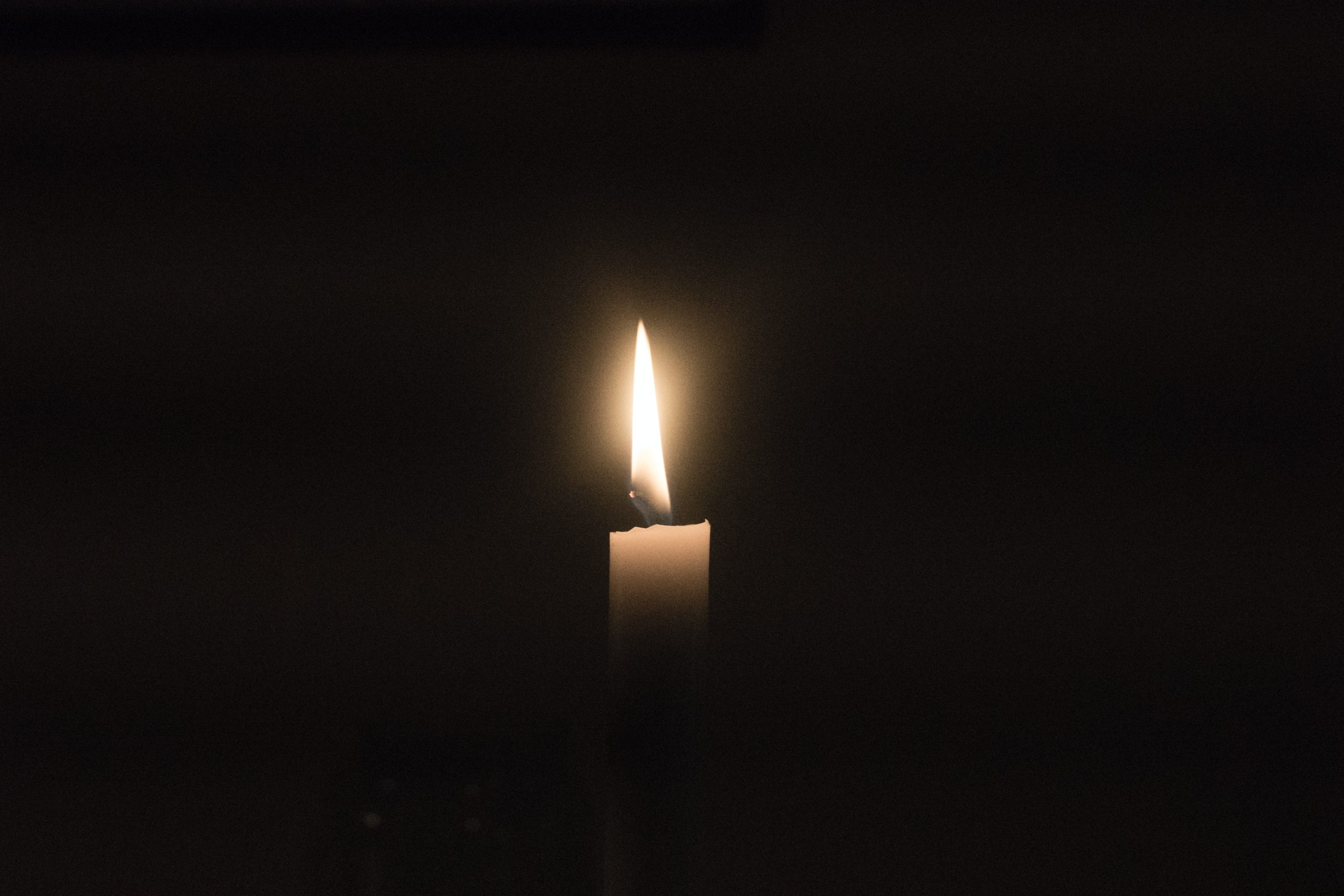The new buzzword among the Climate Cult Glitteratti is Net-Zero. They think it means a modern (corner of the) world with zero net carbon emissions. It’s actually (or at least probably) an admission that they know net-zero about what is involved in this fantasy or why it’s impossible to achieve.
Even in an outlandish era where they are pointing money almost as fast as they spend it, there’s no sum that buys this into being.
Get out a spreadsheet to do some calculations based on actual historical patterns of usage and generation from wind and solar sources, and you will find that to have a fully wind/solar generation system and make it through a year without a catastrophic failure, you will need approximately a three-times overbuild (based on rated capacity) of the wind/solar system, plus storage for something in the range of 24 – 30 days of average usage. For these purposes “usage” at any given moment is measured in gigawatts, but usage for some period of time is measured in gigawatt hours, not gigawatts. California’s average electricity usage for 2020 was about 31 GW; Australia’s was about 26 GW ; and New York’s was about 18 GW.
To calculate how much storage you need in gigawatt hours, multiply average usage in GW by 30 days and 24 hours per day. So California will need about 22,302 GWH of storage, Australia about 18,720 GWH, and New York about 12,960 GWH. That is to supply current levels of demand. For the “everything electrified” case, triple all of these numbers: 66,906 GWH for California, 56,160 GWH for Australia, and 38,880 GWH for New York. Price that out at current costs of Tesla-type lithium-ion batters (~$150/KWH) and you will get around $10 trillion for California, $8.4 trillion for Australia, and $5.8 trillion for New York. These figures are in the range of triple total annual GDP for each of these jurisdictions, before you even get to the cost of the three-times overbuild of the generations system to account for charging of the batteries when the sun is shining and wind blowing. Nor can Tesla-style batteries hold charge for months on end as would be necessary for this system, but at this point, that seems like a minor quibble.
Francis Menton’s got a lot more detail than that, so feel free to explore the minutia if you think you’ll need it here, here, here, and here. But the 30,000 foot problem is this. No one is talking about what we’ll actually need, how much that will cost, and the damage it will do to the planet to get there from here, ever – forget about in 8, 13, or 28 years (2030,2035, or 2050).
In the US, there’s no money for it now. None. We are so grotesquely overstretched that even if we had the materials and manufacturing (we don’t), it would be beyond the ability of anyone to pay for it or even a fraction of it.
And that’s just the batteries.
We’ve not factored in the tens of thousands of square miles of land surface onto which we would need to prop up solar panels or windmills to create the electricity we have no means to store or who or who we’d pay for those.
Read the details or just work with what we’ve shared here but anyone who breathes the words net-zero in regard to energy and carbon emissions should be politically asked what their plan is for buying, building, storing, maintaining, and replacing the number of batteries needed to even get close in one state, let alone a nation or a planet.
